Increasing Focus on Energy Efficiency
The Organic Rankine Cycle Market is experiencing a notable shift towards energy efficiency, driven by the need to optimize energy consumption across various sectors. Industries are increasingly adopting ORC systems to recover waste heat, which can lead to substantial energy savings. According to recent estimates, the implementation of ORC technology can enhance overall energy efficiency by up to 20%. This trend is particularly evident in sectors such as manufacturing and power generation, where energy costs constitute a significant portion of operational expenses. As organizations strive to meet sustainability goals and reduce carbon footprints, the demand for energy-efficient solutions like ORC systems is likely to grow, thereby propelling the Organic Rankine Cycle Market forward.
Technological Innovations in ORC Systems
Technological advancements are playing a crucial role in shaping the Organic Rankine Cycle Market. Innovations in system design, such as modular ORC units and improved heat exchangers, are enhancing the performance and reliability of these systems. Furthermore, the development of advanced working fluids is enabling ORC systems to operate efficiently at lower temperatures, expanding their applicability across various industries. Market data suggests that the introduction of these innovations could potentially increase the market share of ORC systems by approximately 15% over the next few years. As technology continues to evolve, the Organic Rankine Cycle Market is poised for significant growth, driven by the demand for more efficient and versatile energy recovery solutions.
Rising Adoption of Renewable Energy Sources
The Organic Rankine Cycle Market is benefiting from the increasing adoption of renewable energy sources, such as biomass, geothermal, and solar thermal energy. ORC systems are particularly well-suited for converting low-temperature heat from these renewable sources into electricity, making them an attractive option for energy producers. Recent studies indicate that the integration of ORC technology with renewable energy systems can enhance overall energy output by up to 30%. As governments and organizations prioritize the transition to cleaner energy solutions, the demand for ORC systems is expected to rise, further driving the growth of the Organic Rankine Cycle Market.
Regulatory Support for Clean Energy Technologies
Regulatory frameworks and policies aimed at promoting clean energy technologies are significantly influencing the Organic Rankine Cycle Market. Governments worldwide are implementing incentives, such as tax credits and grants, to encourage the adoption of ORC systems. These policies not only facilitate investment in renewable energy projects but also support the development of energy-efficient technologies. Market analysis indicates that regions with robust regulatory support for clean energy are likely to see a 20% increase in ORC system installations over the next five years. This supportive environment is crucial for the expansion of the Organic Rankine Cycle Market, as it fosters innovation and investment in sustainable energy solutions.
Growing Awareness of Environmental Sustainability
The Organic Rankine Cycle Market is witnessing a surge in awareness regarding environmental sustainability among businesses and consumers alike. As climate change concerns escalate, there is a growing emphasis on reducing greenhouse gas emissions and promoting sustainable practices. ORC systems, which enable the recovery of waste heat and conversion into usable energy, align well with these sustainability goals. Market trends suggest that companies adopting ORC technology can enhance their corporate social responsibility profiles, potentially leading to increased customer loyalty and market share. This heightened awareness is likely to drive demand for ORC systems, thereby contributing to the growth of the Organic Rankine Cycle Market.


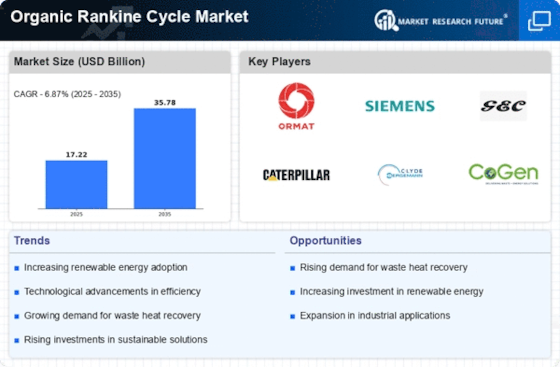
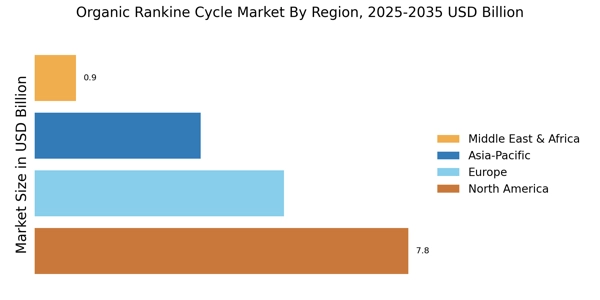
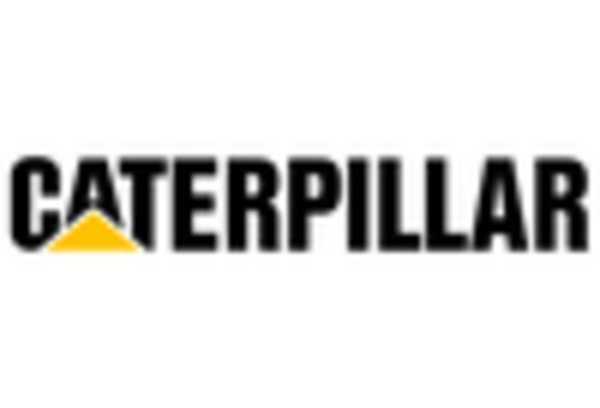
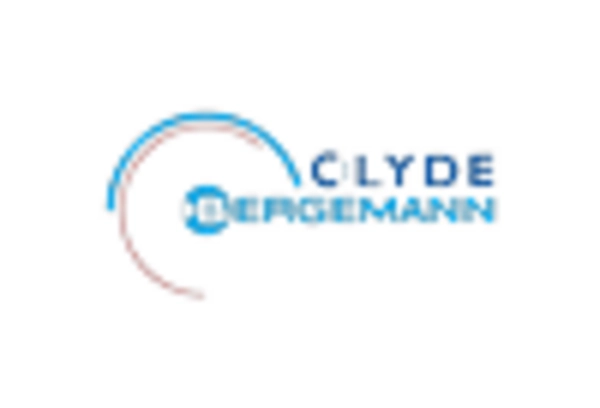
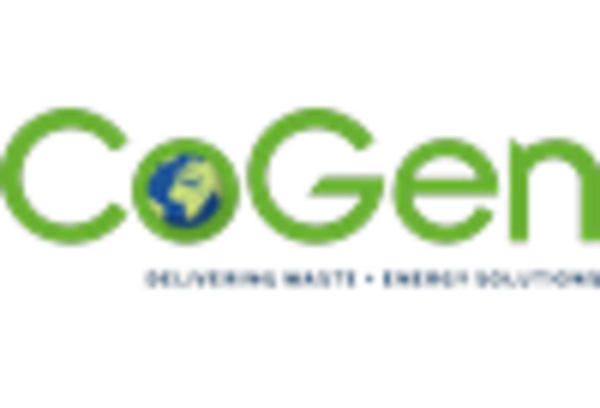
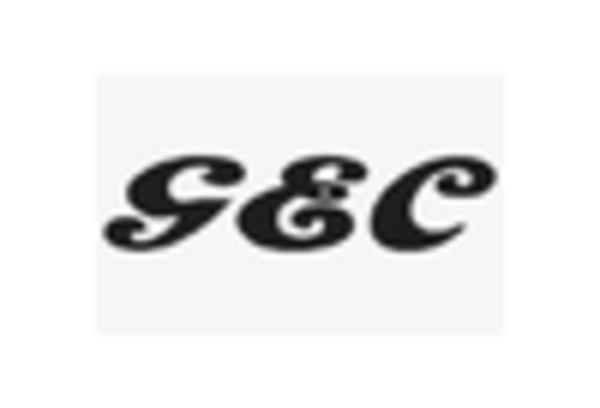
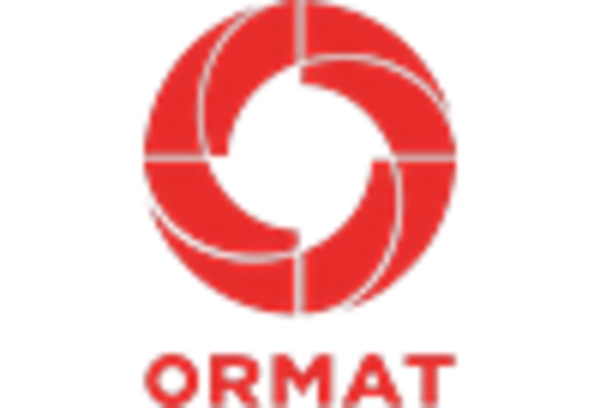









Leave a Comment